HD PE Course
My name is Mr Taljaard and I have devoted over a decade of my life to training students in Sports, fitness, and Physical Education. Before joining the HD Qingdao team, I worked with various schools and sports clubs in the development of young student-athletes.
The project at HD Qingdao is a significant opportunity for all of us to help our students understand the importance of maintaining physical and mental health by developing a lifelong passion for sports and fitness.
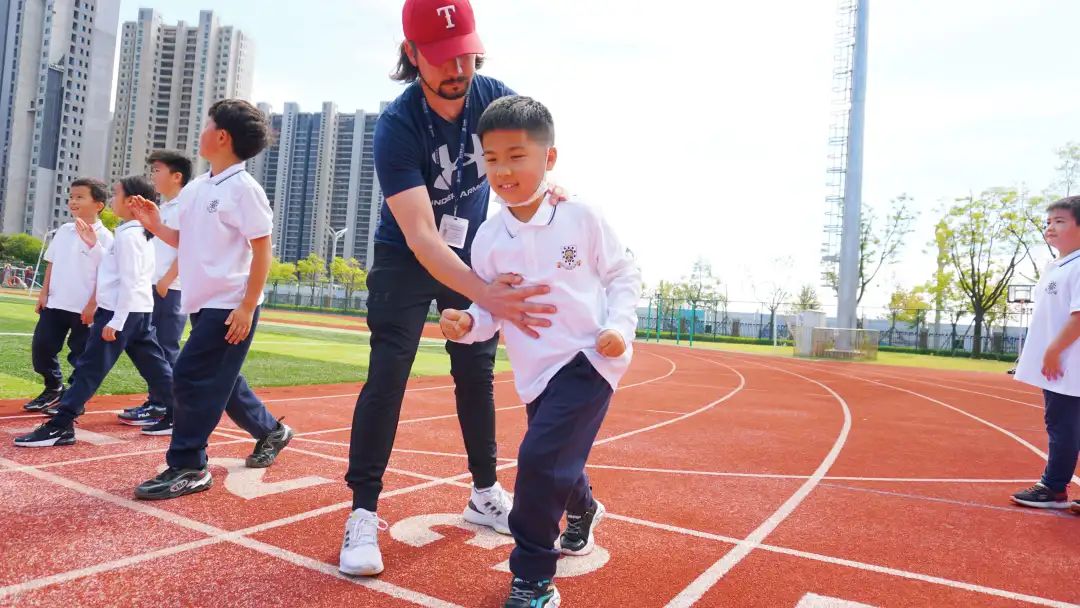
Healthy Body, Healthy Mind.
All you need to do to change your life for the better is exercise, foster creativity, embrace challenges, build a strong relationship with yourself and with others, follow a healthy diet, and focus on improving yourself a little more every day. With practice, patience, persistence and a growth mindset, we can accomplish anything.
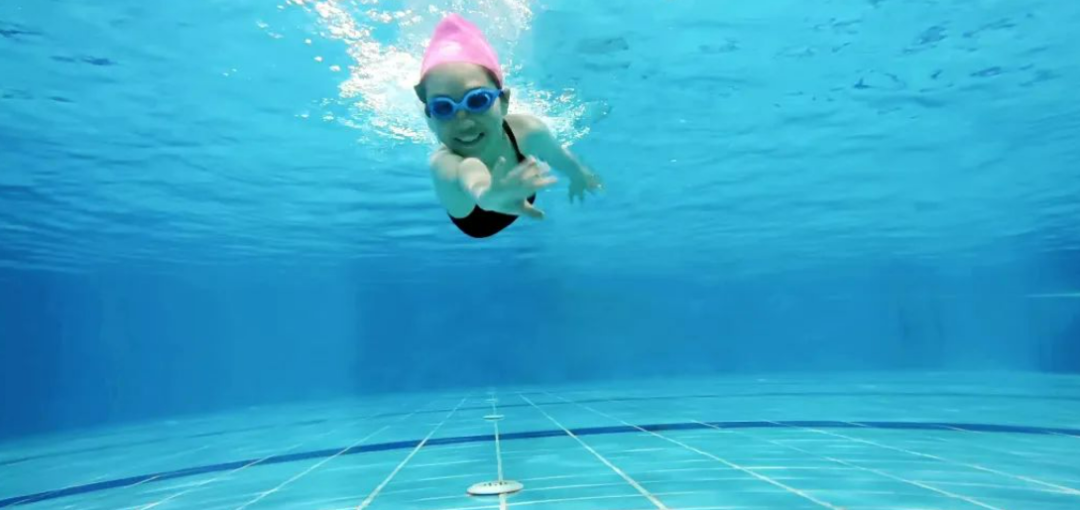
01 What is Physical Education?
The physical education program at HD Qingdao impacts a whole range of skills and traits including:
· Movement – gross and fine motor skills
· Team strategy
· Teamwork
· Sportsmanship
· Confidence
· Self-efficacy
· Humility
· Problem-solving
· Leadership
· Accountability
· Health-related fitness
· Emotional intelligence
All these important areas of student development are covered through a holistic approach to teaching sport and exercise.
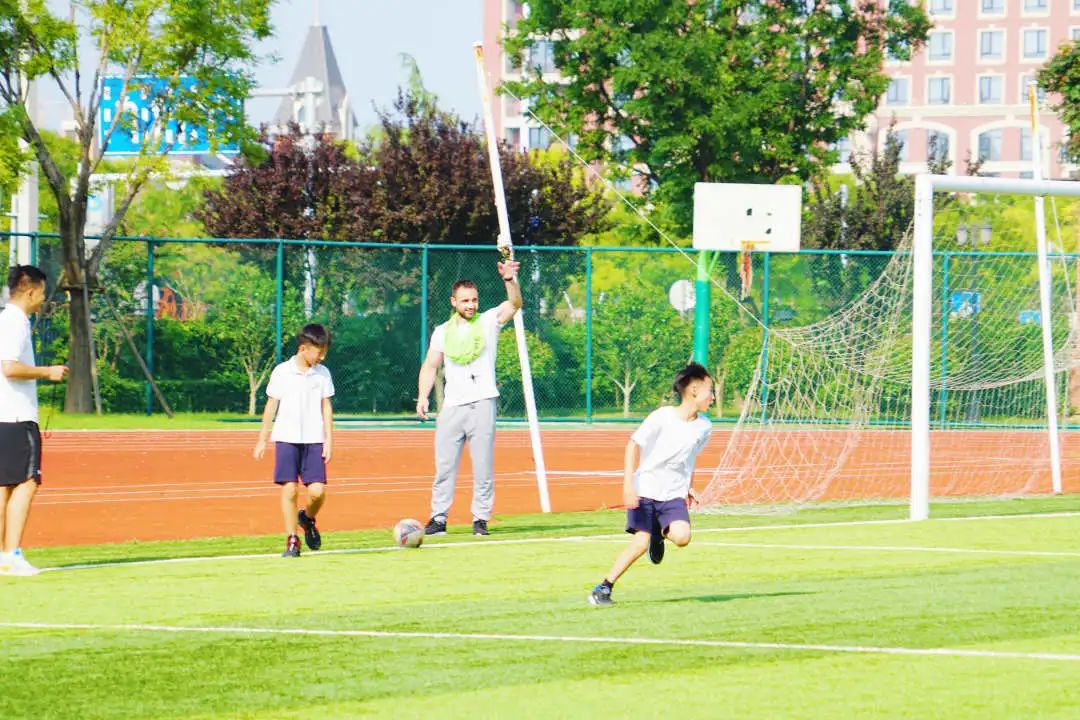
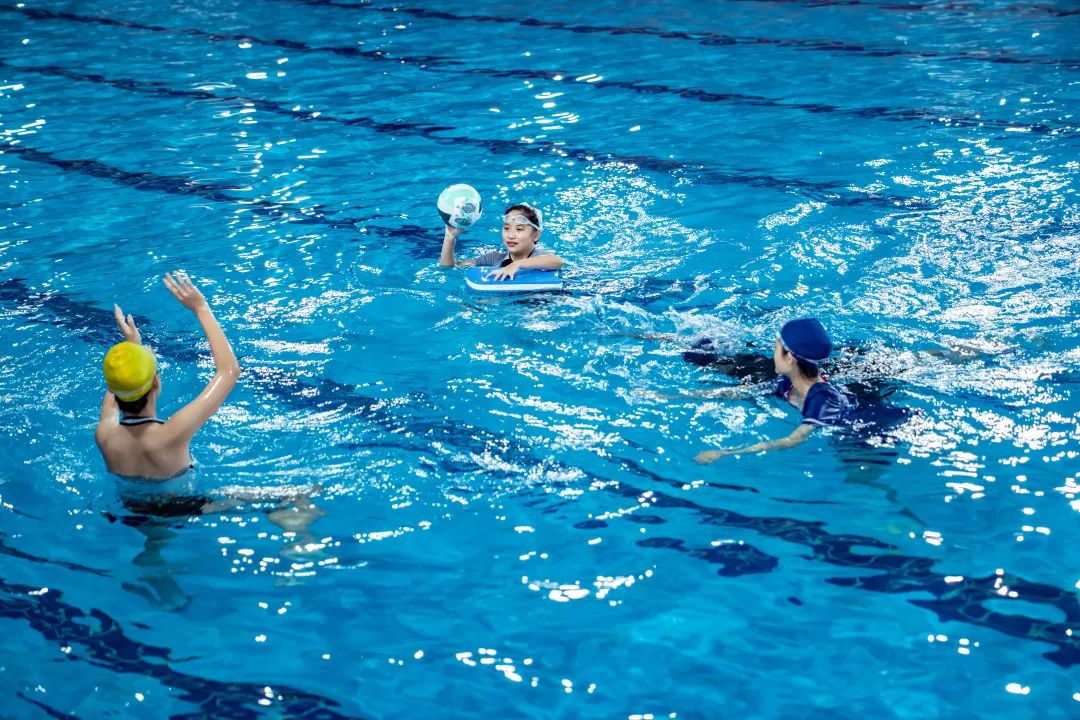
02 What our students learn?
Through our Physical Education program, HD Qingdao aims to stimulate and maintain interest and enjoyment in PE. The school endeavors to ensure that boys and girls are given equal opportunities to participate in comparable sporting activities.
Our Physical Education teachers design and lead many fitness drills, demonstrate sports techniques and highlight a different sport each month, so that students get a good grasp of many different sports.
Some of the key sports that we cover in the year include:
· Football
· Swimming
· Basketball
· Tennis
· Golf
· Badminton
· Volleyball
· Athletics
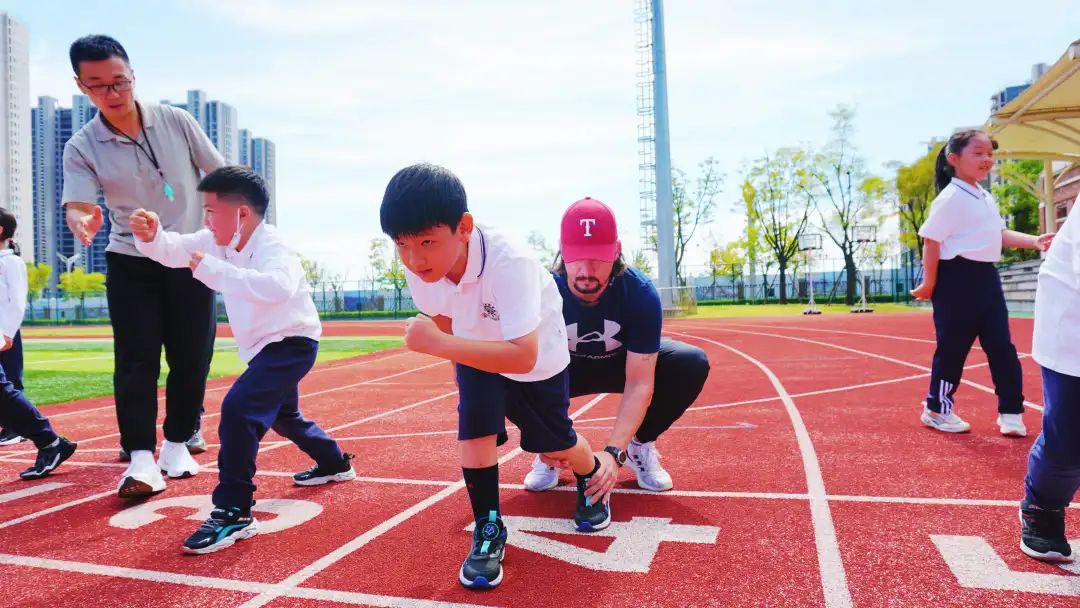
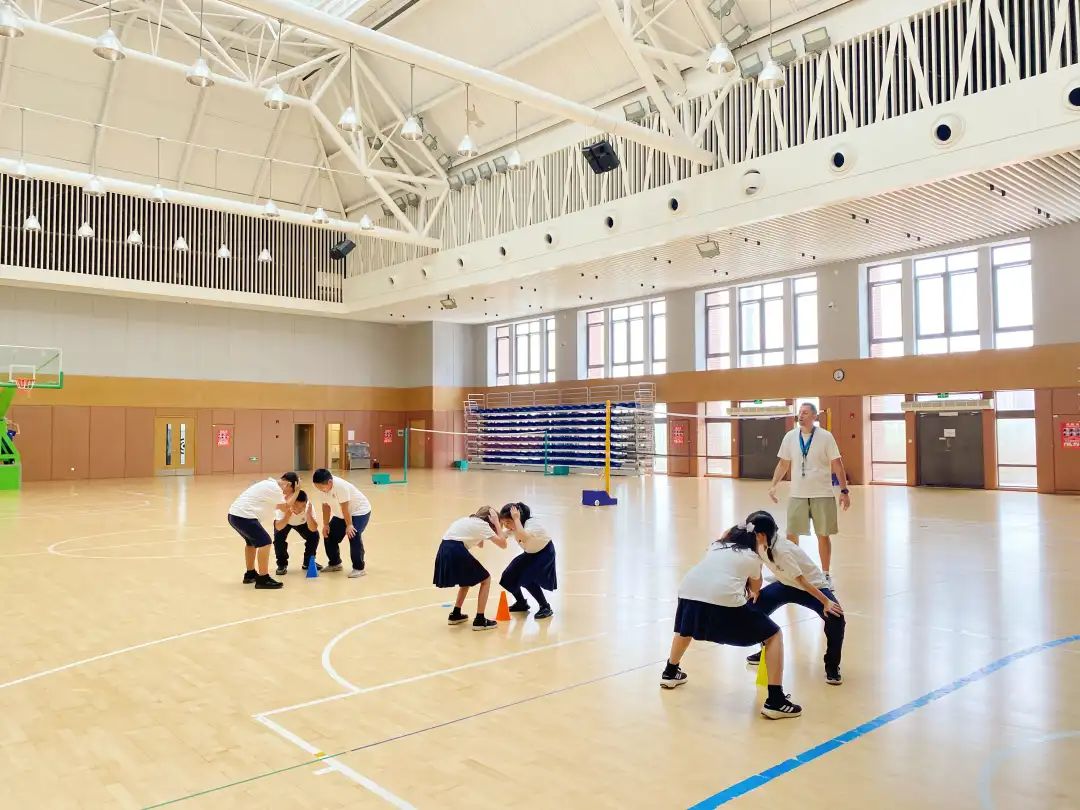
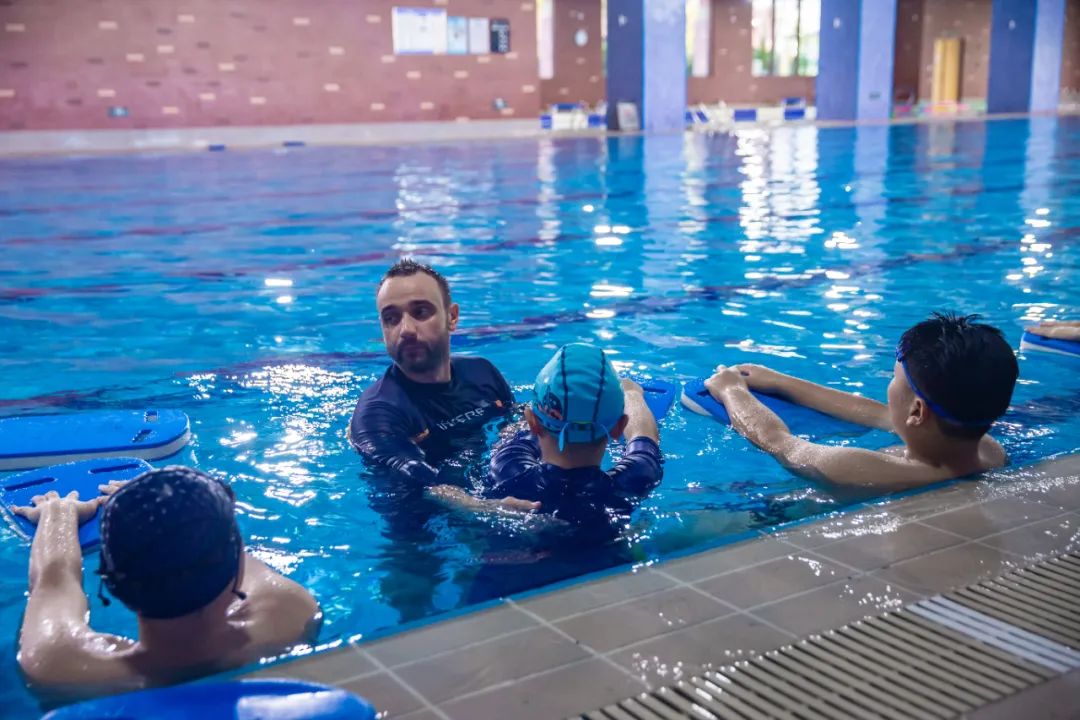
We also offer a range of afterschool clubs and teams for those students who have a sporting talent or passion that they wish to develop further.
Fitness assessments take place three times per year, where students are encouraged to build their speed through athletic training, build their strength with pull-ups, improve core strength and work on their flexibility through a variety of exercises. Health topics are also taught in Phys-Ed class to students, including oral hygiene, personal hygiene, personal safety and body movement.
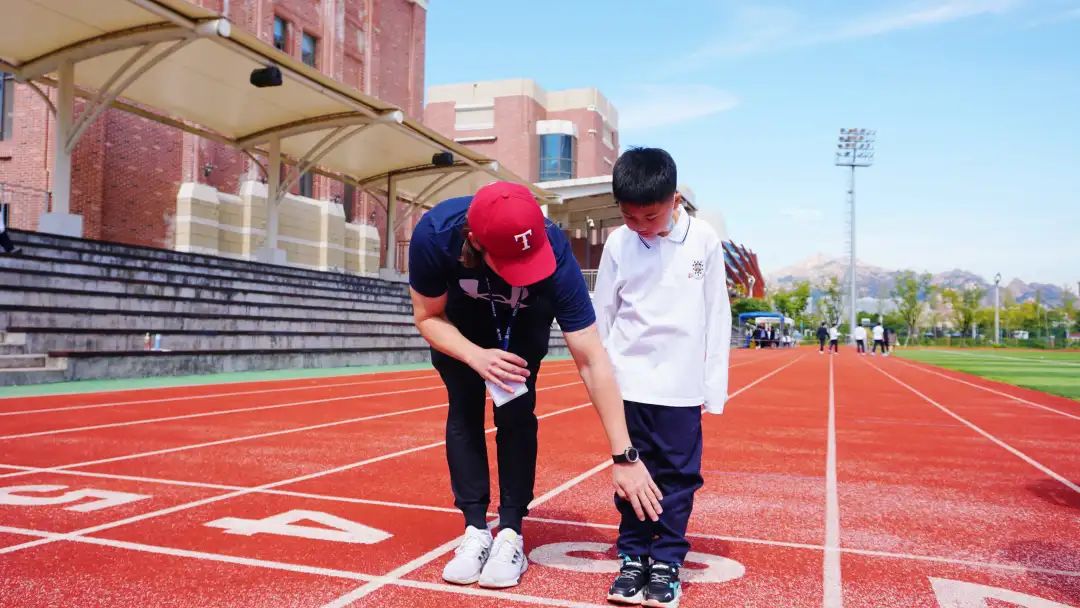
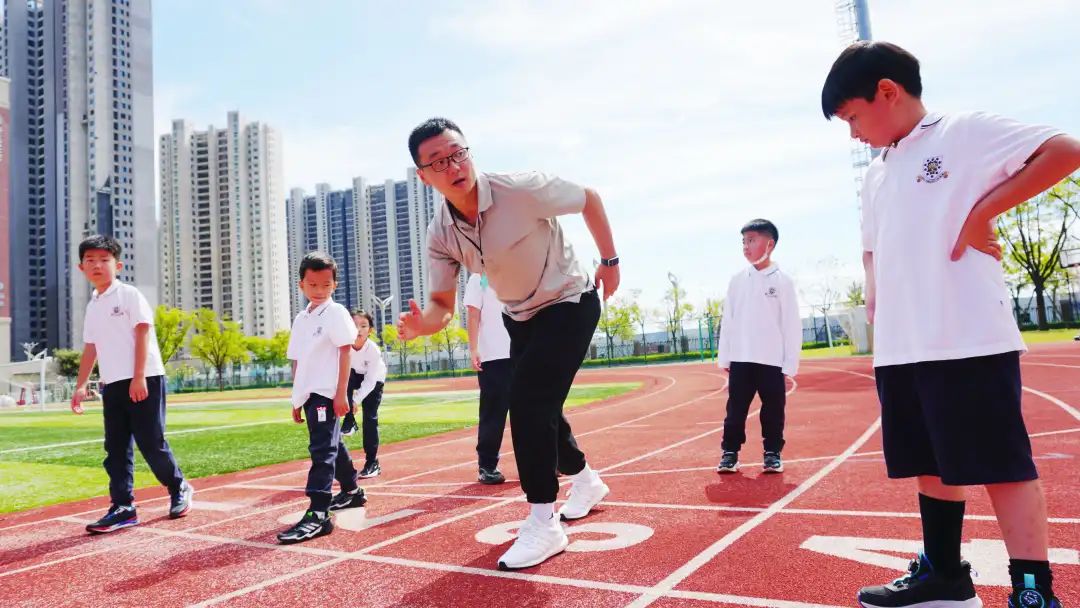
Use Total Physical Response
Total Physical Response (TPR) is a strategy to help students with limited English proficiency develop understanding. The premise of this strategy is that students acquire a new language through the structured integration of words and movement.
For example, if the gym teacher wants to introduce vocabulary associated with basketball. To implement TPR, the teacher provides students with a ball and asks them to repeat his or her actions. The teacher could say, 'dribble the ball,' while demonstrating this action. Students then repeat the action. Using these methods, our students are exposed to a diverse environment where we encourage them to use and understand not just the physical skills but also the knowledge and vocabulary to confidently express themselves in PE class.
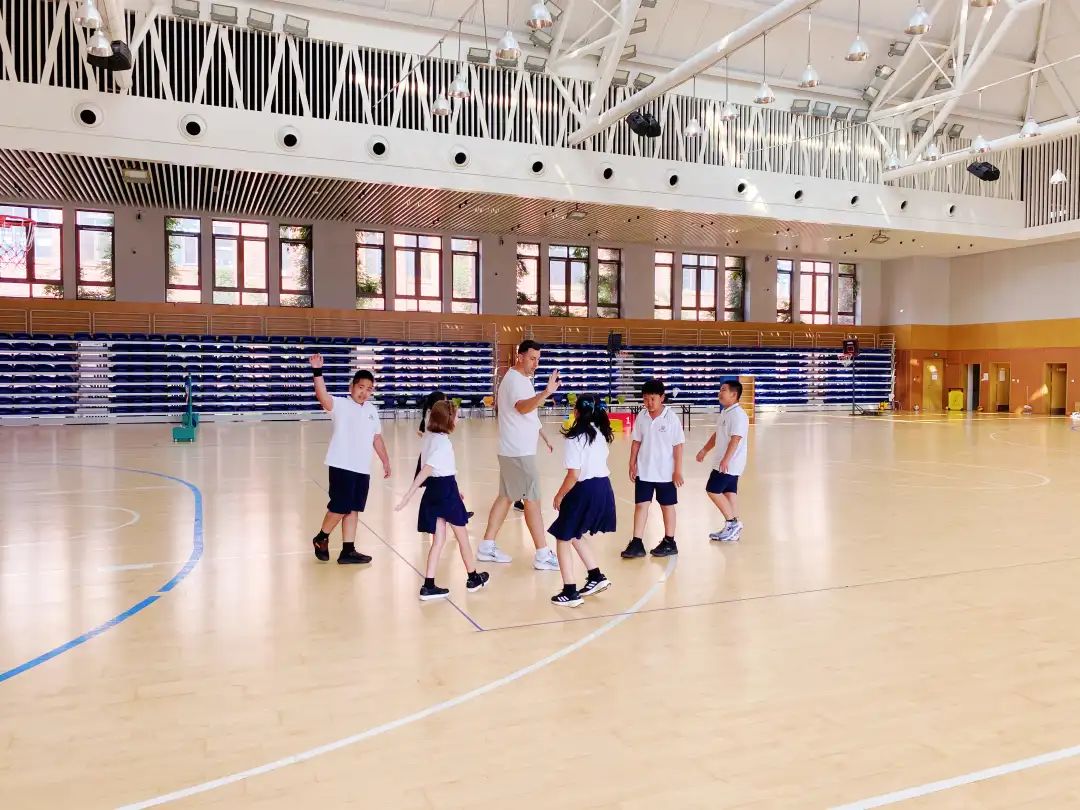
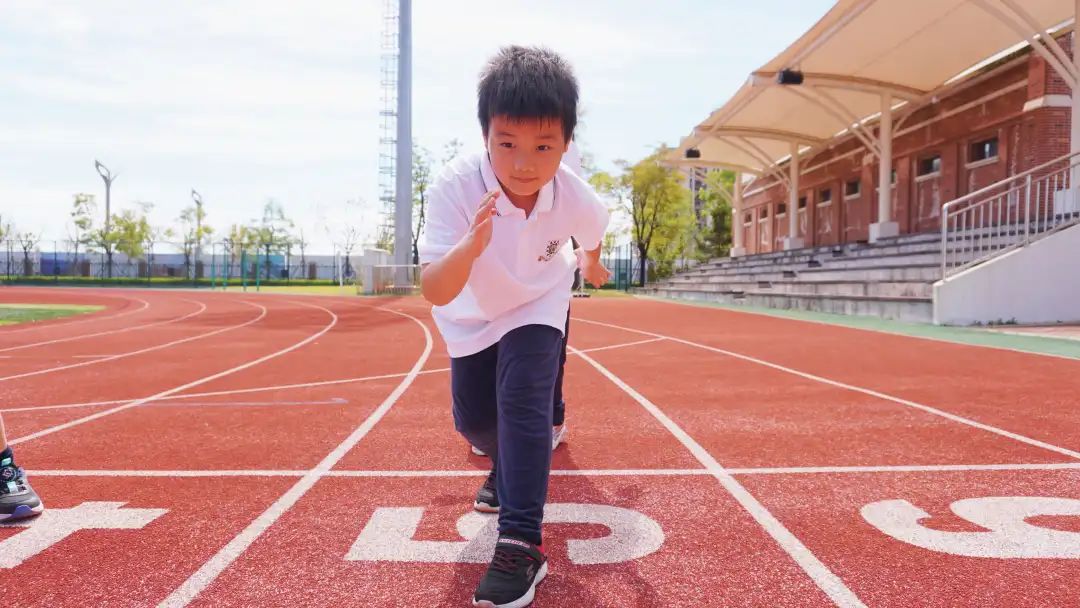
Needs of the ESL/EAL Students
You might think that physical education (PE) would be an easy class for ESL/EAL students because of its emphasis on movement rather than reading and writing. However, success in PE class depends on a student's ability to listen to and understand instructions.
Our PE teachers are always prepared with a detailed plan for how we introduce sports related vocabulary to our bilingual students.
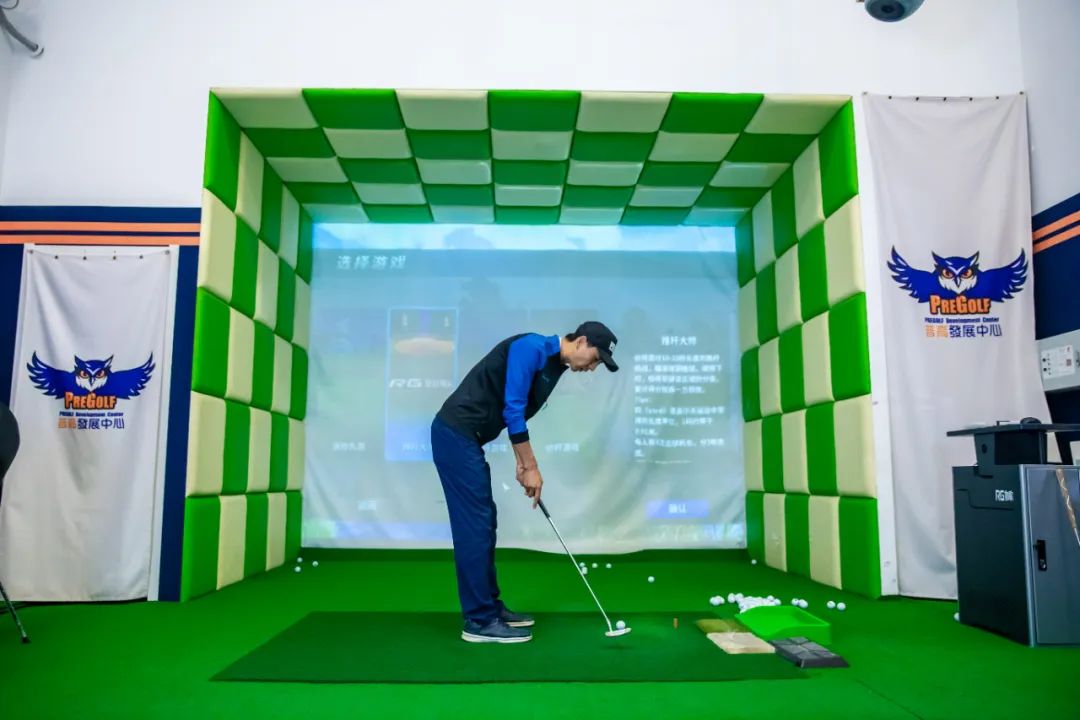
One of the strategies we use for ensuring success for bilingual students in PE class includes using non-verbal communication. The use of non-verbal communication can help convey information to students who may otherwise have trouble understanding verbal input.
Some examples of how to apply this strategy during PE class include:
· Repeated modelling drills and techniques– for example how to dribble a basketball
· Developing non-verbal cues, such as holding up a hand to say 'stop'
· Using a whistle to indicate start and stop times or errors
· Referring to a picture or diagram when introducing a new activity
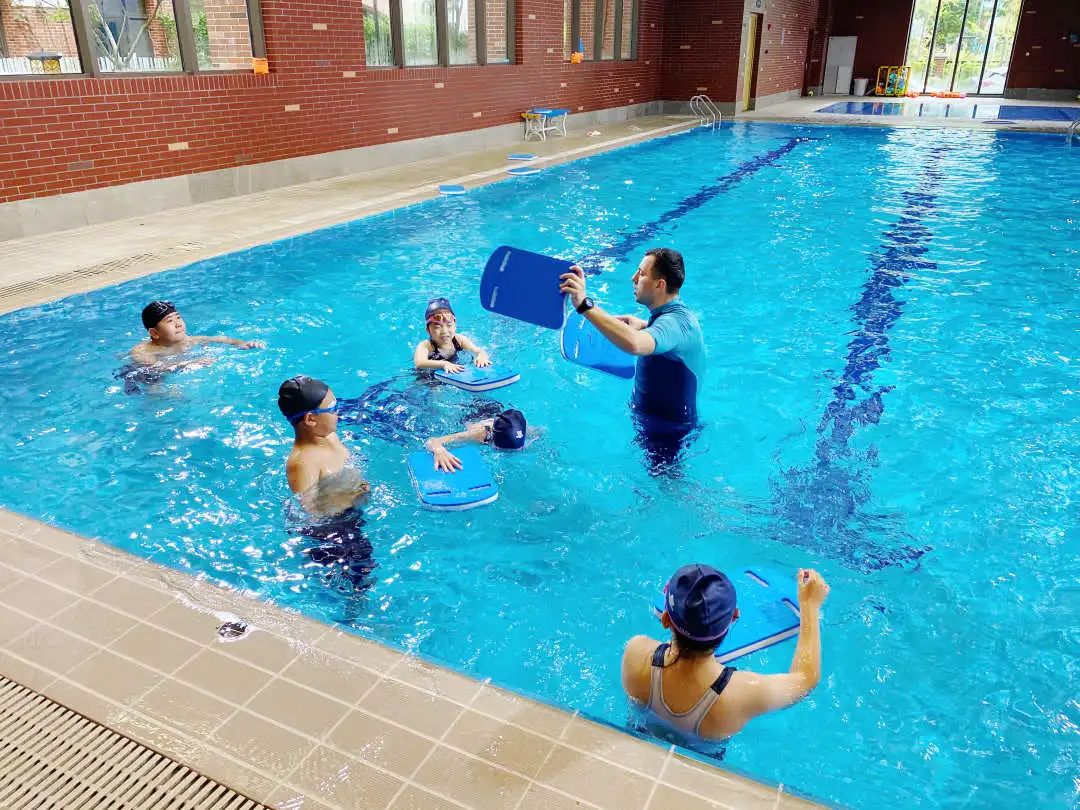
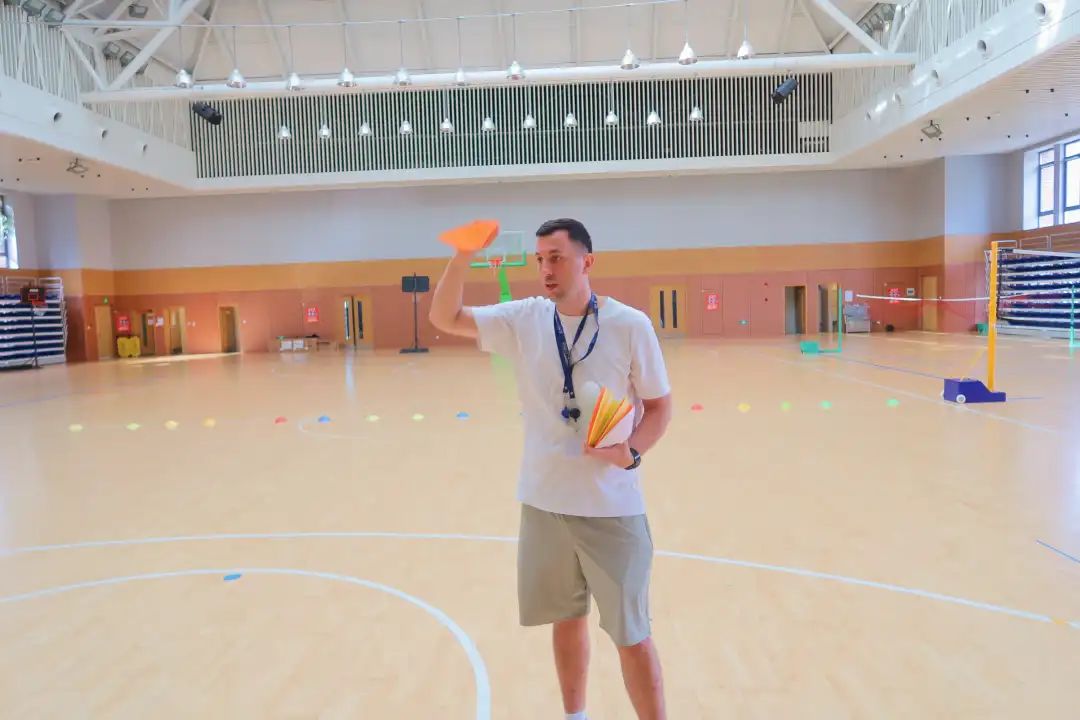
03 Knowledge and skills
So why do we place such great important in our Physical Education curriculum at HD Qingdao?
One of the most obvious benefits of physical education is that we can help students develop good habits in other areas of their lives. We try to instill in our students a respect for their physical health so that they understand that their physical health will be the corner stone from which they can build a successful life. Without their physical health, academic ability will count for very little.
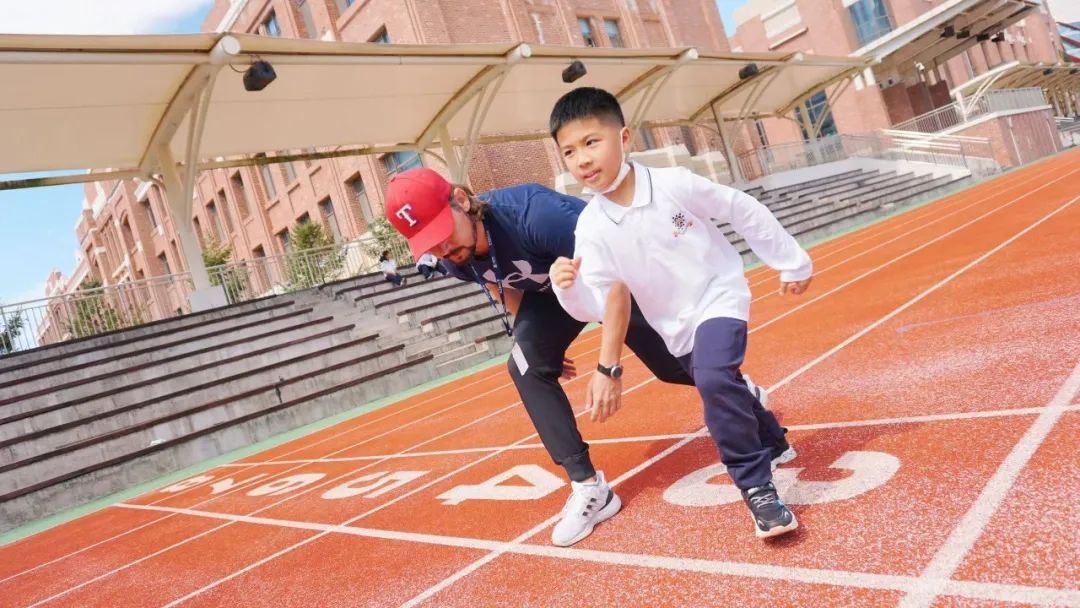
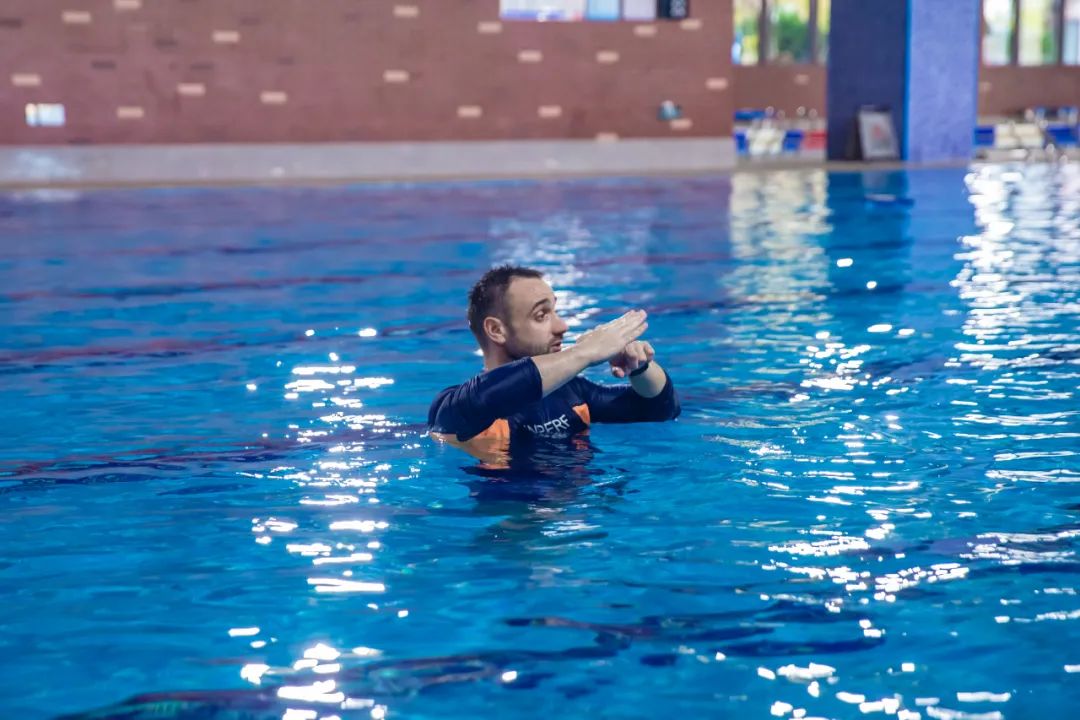
Physical activity isn’t just important for physical fitness and to combat the negative influences that can impact children and young people, but it is crucial to their mental health and well-being. In a world where social media can play such a negative role in damaging mental health, we teach our students that sport and fitness provide a well of positive mental health that they will be able to draw on throughout their lives.
Sport also provides a great opportunity for our students to develop important social skills as children learn to work together and support each other to achieve a common goal.
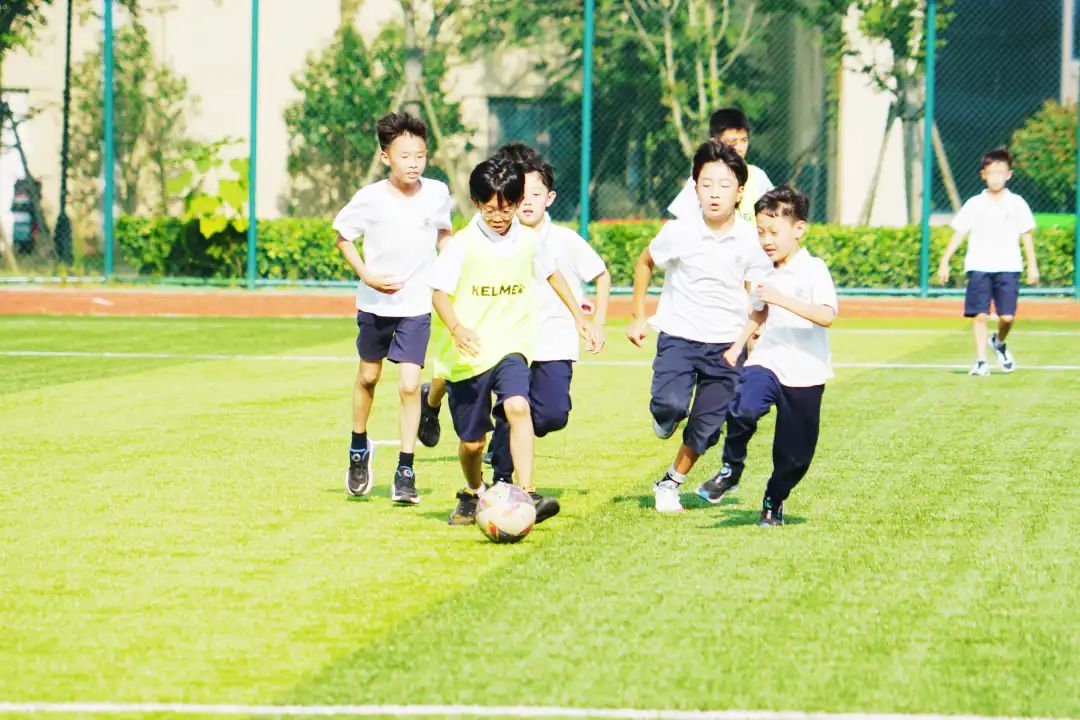
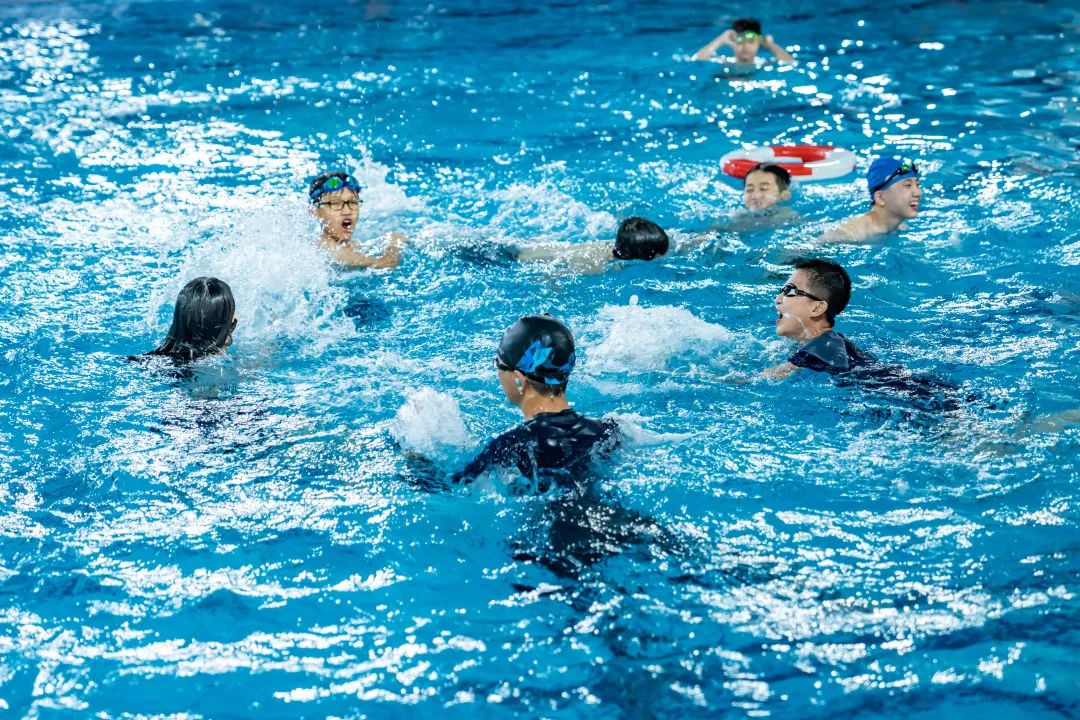
04 Summary
In summary, PE at HD Qingdao provides our students with a wonderful opportunity to socialize with others and develop healthy physical and mental habits which they can draw on throughout their lives.
We want our students to lead lives where their physical health plays a key role in enabling them to achieve their potential!

